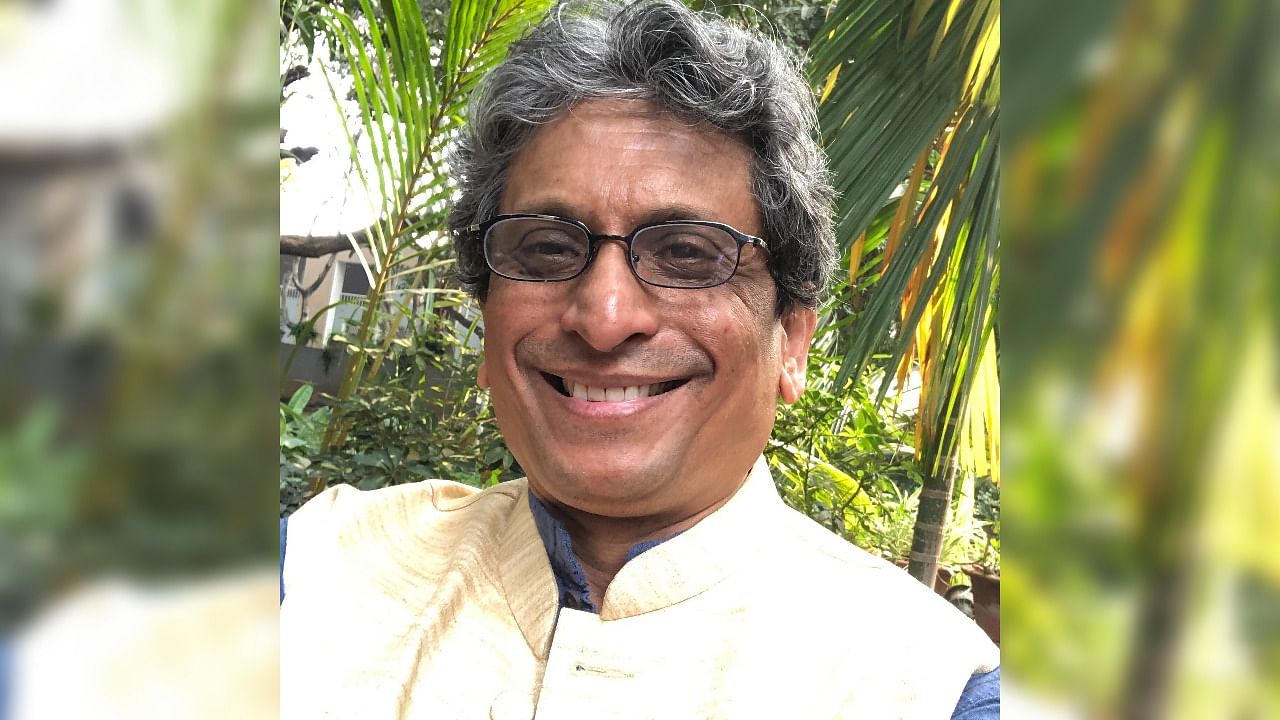
Professor Somak Raychaudhury.
Credit: Facebook/Somak Raychaudhury
Two big space mission launches in 50 days—one to the far side of the moon and the other to the Lagrange point 1 where sun-watching is going to be relentless and without blockage—have appeared to reset India’s aspirations in the sector.
As the Indian Space Research Organisation (Isro) and the country’s space-allied community wait for the science from Chandrayaan-3 and Aditya-L1 to unfold, the missions could establish India’s credentials as a competent player in delivering high-impact, cost-efficient projects.
“These two events send out a clear signal to the world that India can pull off very complicated projects at a fifth of the standard cost,” Prof Somak Raychaudhury, eminent astrophysicist and vice-chancellor, Ashoka University, told DH.
The former director of the Inter-University Centre for Astronomy and Astrophysics (IUCAA), Pune, was at the Satish Dhawan Space Centre in Sriharikota on Saturday for the launch of Aditya-L1, India’s first space-based solar observatory.
Prof Raychaudhury underlined the opening up of India’s space sector and engagement with the private industry. There is confidence in the Indian industry to deliver in the international market. The shift is seen in the increasing Indian presence in global projects.
“Look at LIGO (Laser Interferometer Gravitational-Wave Observatory, coming up in Maharashtra as part of a global network) India or the astronomers working with the US, Canada, and Japan in setting up the Thirty Metre Telescope in Hawaii. All of these have the Indian industry involved,” he said.
SUIT on board
The Solar Ultraviolet Imaging Telescope (SUIT), one of the seven payloads on board Aditya-L1, was developed at IUCAA when Prof Raychaudhury headed the centre. He said the mission was unique because multiple instruments would study the sun, in tandem, and trace the origins of events like magnetic storms.
“I’m very excited about the simultaneous observation of the sun in spectroscopic, imaging, and UV streams that will give us a wealth of information, helping us trace the origins of CMEs (Coronal Mass Ejections) that have remained largely unsolved,” he said.
SUIT is designed to provide full-disk observations of the photosphere and chromosphere (the lower and middle layers of the solar atmosphere) and the lower transition region in the near-ultraviolet wavelength range.
Dismissing questions about “misplaced priorities” in India’s space programme spending, Prof Raychaudhury noted that the Chandrayaan mission was delivered at one-fifth the cost of a Boeing aircraft.
“Most countries spend 5-7 per cent of their GDP on science and technology while in India, it is less than 1 per cent. It is very important for India to stand on its own feet here. The results may not be quick but most of them will translate to improved lives,” he said.